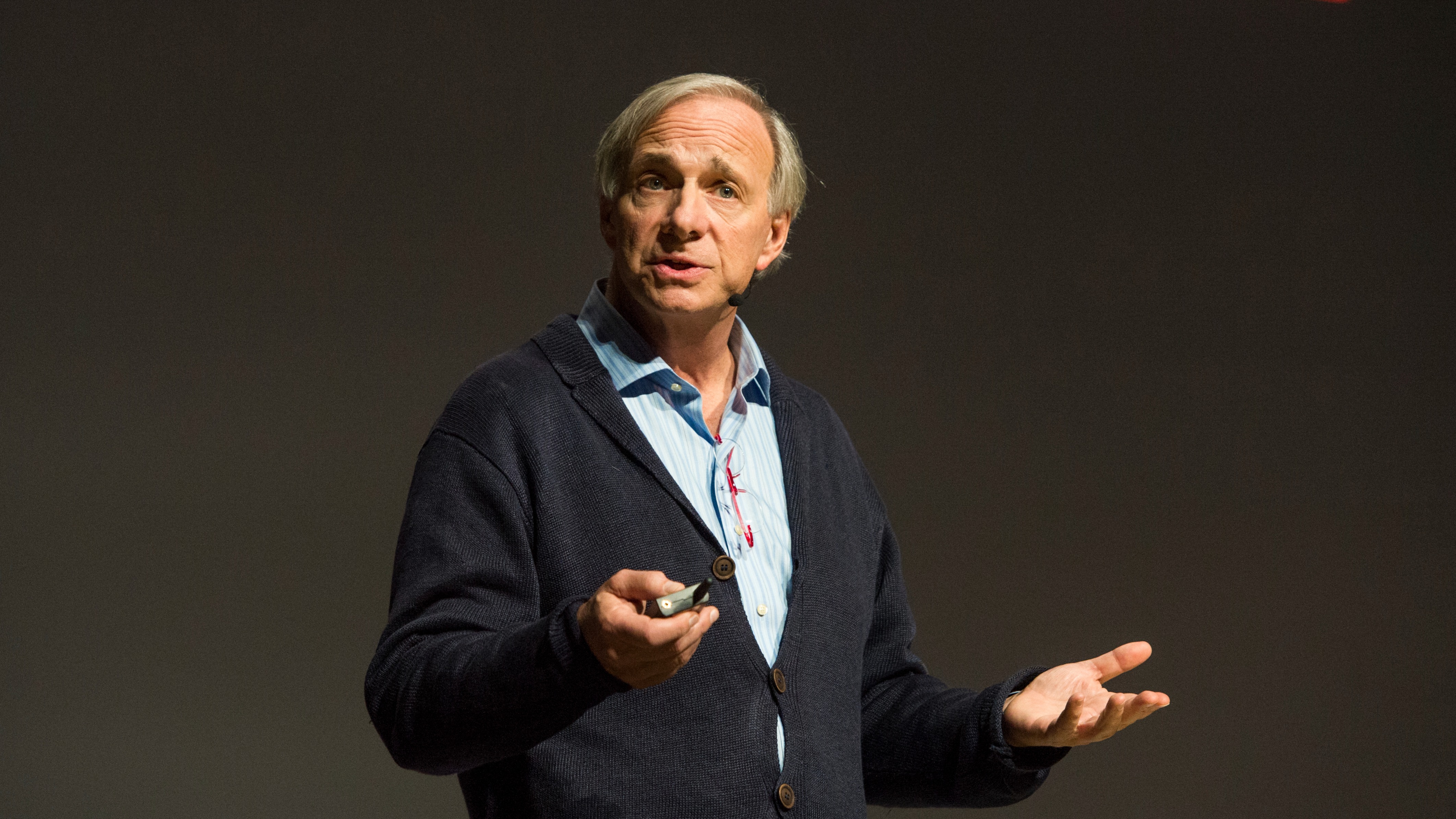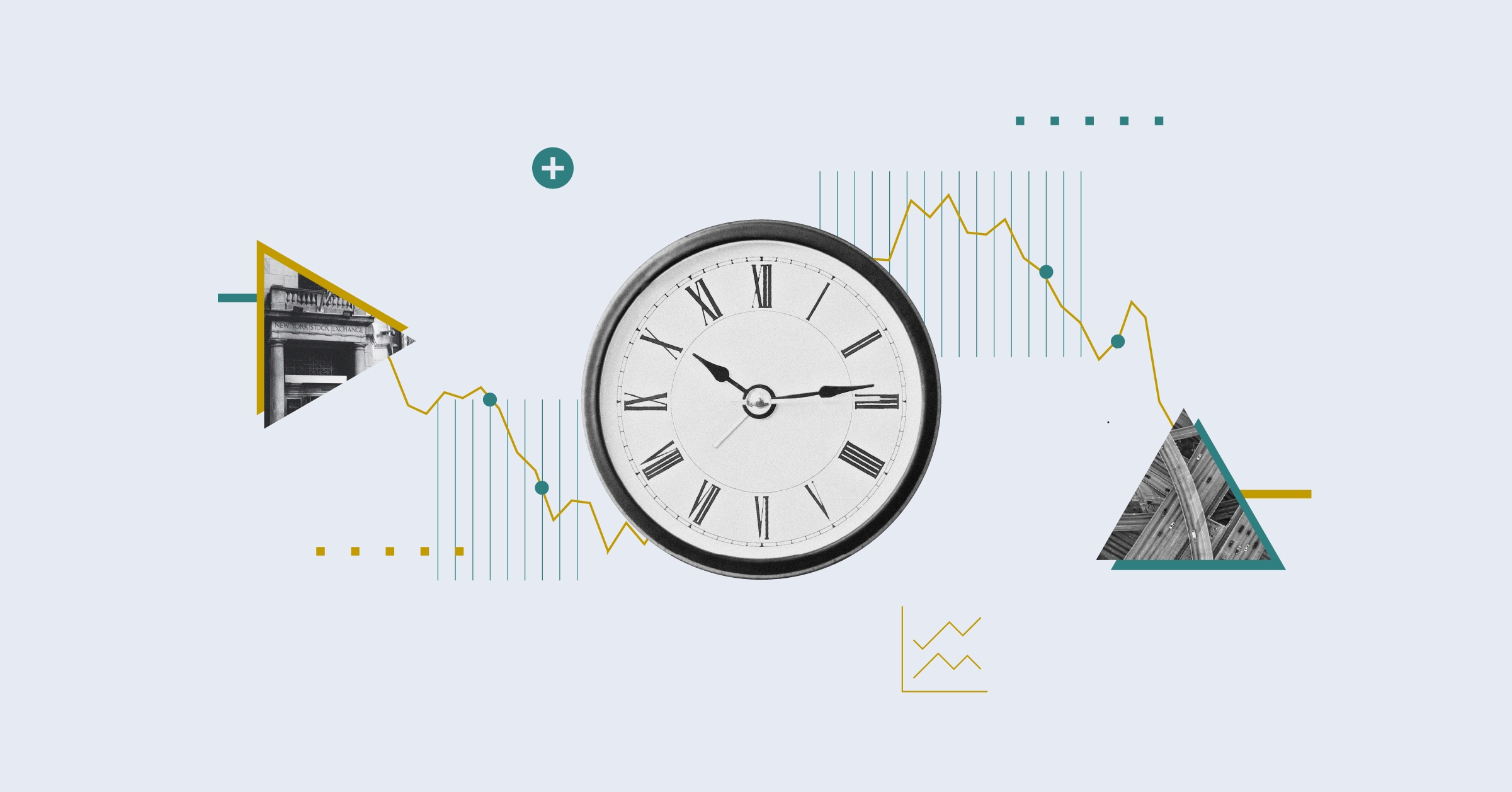
Gold is widely considered a safe haven asset; investors historically run to the precious metal during political or financial crises. However, despite 2018 suffering a myriad threats to both political regimes and financial markets around the world, gold has not proved popular.
Back in late January, the gold price almost reached a four-year high, eventually settling at $1,357, the highest level seen in six months. Now, it hovers just above a 13-month low of $1,218 – a 10% decline since March.
Consequently, LSE-listed exchange traded funds tracking the price of physical gold are down between 6% and 10% year-to-date.
Some experts prefer to play the safe haven by investing in shares of gold mining companies. However, even these have struggled year to date. The Morningstar Silver Rated BlackRock Gold & General fund is down 12%. And as a result of this poor performance, it saw £35 million of outflows in June alone.
Gold miner Randgold Resources’ (RRS) share price is down 26% year-to-date.
Why is Gold Not Rallying?
Gold’s performance is not surprising, however, if you consider other macro-economic goings on. The asset tends to struggle when interest rates, especially the Fed funds rate, are rising. US dollar strength hasn’t helped, either. The gold price is generally quoted in dollars, so any rise in the greenback is bearish for the metal.
In a note to clients last week, broker UBS pointed out that hedge funds continue to up their short positions against the precious metal. Gold shorts reached an all-time high of 20.8 million ounces.
Morningstar Direct data show net outflows from Europe-domiciled precious metals ETFs totalling €300 million in last month – the biggest monthly outflows since December 2016. Investors pulled €440 million from these ETFs in June and July combined.
Seven Investment Management also confirmed on Monday it had sold almost all its gold holdings, in favour of exposure to general commodities. The firm began trimming its exposure to the precious metal in November 2017.
Peter Sleep, senior investment manager at 7IM, says: “Gold can act in an unpredictable way, often depending upon factors like the strength of sterling, the US dollar, Chinese interest rates or the Indian wedding season.”
However, 7IM has kept a 2% exposure to gold in their most cautious multi-asset portfolios – but even that has been slashed in half. “In very conservative portfolios, gold can sit comfortably alongside an investor’s bond funds as a hedge against high inflation, should it come back again,” adds Sleep.
But Adrian Ash, director of research at trading platform BullionVault, says the volume of gold sold by his clients is the lowest in 10 years. He suggests this shows sentiment amongst retail investors is still strong.
“It could be that people want to sell but the price is too low,” Ash admits. But he believes that is not the case.
“Our clients tend to take a long-term view and manage their risk using physical gold as a portfolio hedge. They are quite contrarian, and I get the sense they think this is a great opportunity for long-term investors.”
Signs for Contrarian Investors
Vanguard recently announced it will change the name, management and strategy of its US-based Precious Metals and Mining fund (VGPMX). The offering, which has already switched from being run by M&G to Wellington Management, will become the Vanguard Global Capital Cycles fund in September.
Under its new guise, the fund will go from having 80% of assets in mining companies and 20% directly in precious metals to having 25% in miners and the rest will come from broad global stock market exposure with a bias for commodity-oriented firms.
The last time Vanguard did something like this was in 2001, when it removed the word ‘gold’ from the fund’s name. Many others did similar around the turn of the millennium, with fund management companies also shutting down a number of gold funds. That activity coincided with the beginning of a decade-long rally in the gold price.
Both Mark Bristow, chief executive of Randgold, and Ash believe this sentiment stems from investors continuing to be overly bullish on equities.
Ash says: “Hedge funds being bearish on gold is probably a function of them being bullish on everything else It probably shows a bit of complacency on equities and that we’re very late cycle on the dollar.”
Others believe these factors are all bullish signs for the gold price. Joni Teves, strategist at UBS, notes that the shorting of gold “should ultimately be supportive” for the metal and allows “ample space for positions to be rebuilt ahead”.
Bank of America Merrill Lynch expects the gold price to climb above $1,300 by the end of the year, with a forecast of $1,380 by 2020 – a potential upside of 13%. And its most recent fund manager survey suggests professional investors agree. A record net 17% of respondents think gold is undervalued.
Both Teves and Ash point out that summer months are typically quiet for gold, due to lower demand from China and India.
Clearly, short-term headwinds are likely to persist, with any resolution of trade tensions also set to prove bearish for gold. “Yet,” argue BAML’s global commodity research team, “gold should be supported by rising volatility, twin deficits in the US – which are ultimately bearish for USD – and global reflation.”
Why Invest in Gold?
Bill McQuaker, portfolio manager on Fidelity's multi-asset open funds, says he finds sentiment towards gold being at a low ebb encouraging. “Gold genuinely is a store of value,” McQuaker tells Morningstar.co.uk, “and therefore is a classic hedging instrument.”
In fact, he says gold has the ability to hedge investors’ portfolios in both inflationary and deflationary environments. “I think that people should have a bit of that in their portfolios, unless they’re very comfortable that this expansion has years to run.”
McQuaker holds the iShares Physical Gold ETC (IGLN) in his suite of funds, as well as Investec Global Gold, which invests in gold mining equities, as a more leveraged play on gold.
Even gold naysayers believe it makes sense to find room in your portfolios for some exposure. David Coombs, head of multi-asset at Rathbones, says he generally hates gold as an investment – especially in a rising interest rate environment.
“But if you get a slowdown in growth, or trade wars escalate into reality, then you want to hold some gold,” he says. “I am buying it against my normal instincts. Unfortunately, it does make sense at the moment.”
However, he says those that believe the metal is undervalued are “talking complete nonsense”. “You can’t value gold because it has no income stream,” he explains. “Ultimately, it’s just about a safe haven.
“To me, it’s purely a hedge. Yes, it’s falling in value, but that’s the cost of hedging. It’s an insurance policy – you expect to lose money on insurance policies. I’m not buying gold hoping to make money.”
Sleep also sees gold as a hedge, “not so much as a hedge against falling equity markets, but as a hedge against human stupidity”.
Ash cautions against using the safe haven term to describe gold, but says it still has use as a long-term insurance product for portfolios.
But he asserts that investors must buy it in advance of trouble: “You wouldn’t wait until your house is on fire to buy insurance.”































